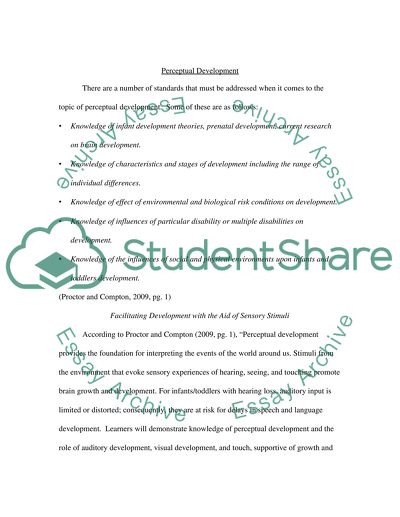Cite this document
(“Sensation and Perception Term Paper Example | Topics and Well Written Essays - 2250 words”, n.d.)
Sensation and Perception Term Paper Example | Topics and Well Written Essays - 2250 words. Retrieved from https://studentshare.org/miscellaneous/1502768-sensation-and-perception
Sensation and Perception Term Paper Example | Topics and Well Written Essays - 2250 words. Retrieved from https://studentshare.org/miscellaneous/1502768-sensation-and-perception
(Sensation and Perception Term Paper Example | Topics and Well Written Essays - 2250 Words)
Sensation and Perception Term Paper Example | Topics and Well Written Essays - 2250 Words. https://studentshare.org/miscellaneous/1502768-sensation-and-perception.
Sensation and Perception Term Paper Example | Topics and Well Written Essays - 2250 Words. https://studentshare.org/miscellaneous/1502768-sensation-and-perception.
“Sensation and Perception Term Paper Example | Topics and Well Written Essays - 2250 Words”, n.d. https://studentshare.org/miscellaneous/1502768-sensation-and-perception.


